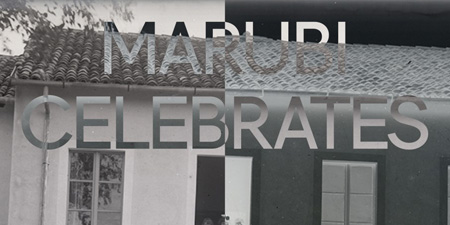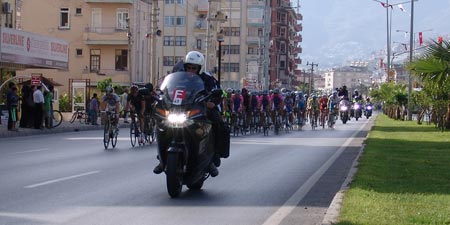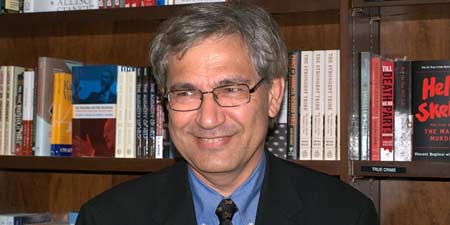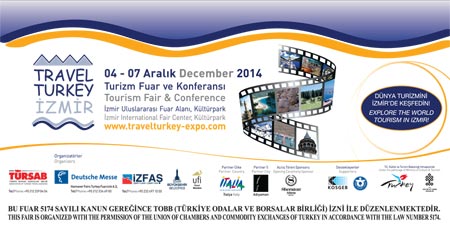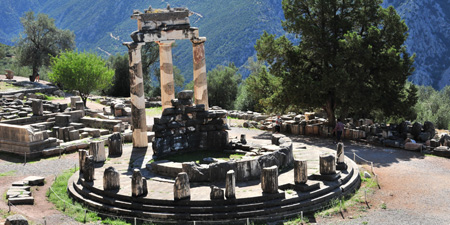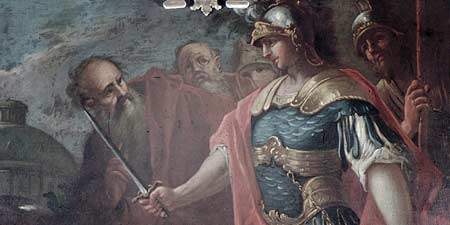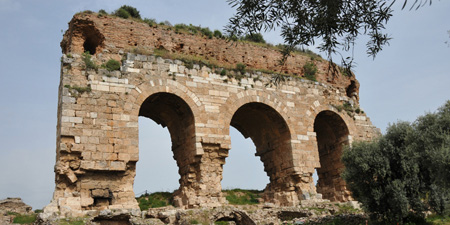6th Turkish – German Friendship Day in Izmir
- Category: Actual Cultural News
- Hits: 5229

Turkish – German Friendship Day, which has become a tradition already, will be organized under auspices of the German Consulate General in the yard of Izmir City Archive (Ahmet Piriştina City Archive and Museum, APICAM), in Izmir – Çankaya on 21st September, 2014 between 14:00 – 20:00.

